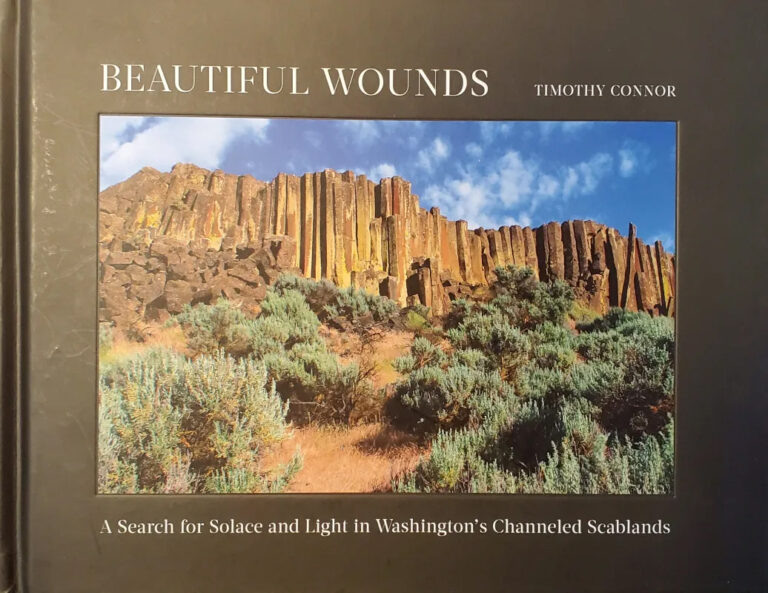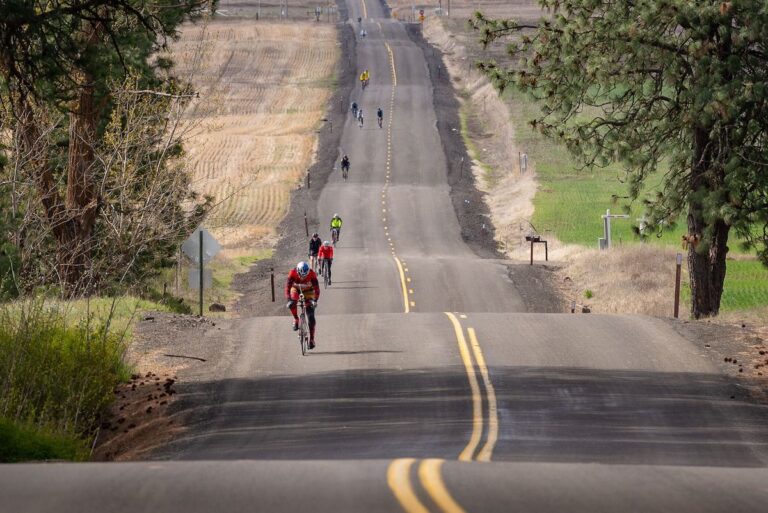Most campsites do not offer pillow menus. Pillow menus make me feel like a queen. And no matter how many Clorox wipes I employ, I can never really get those crusty picnic tables clean. For these and many other reasons, I haven’t camped much. But as my new husband Mark and I planned our honeymoon and future travel together, I came around to the obvious: Camping is the ticket — and a really cheap ticket, at that — to getting out of town as often as possible. Mark’s and my best soul-sharing always seems to happen on the road. In two years’ worth of road trip conversations, we’ve discovered we share a major bucket-list item: to see everything.
Seems doable, right? Bad news for pillow menus, though. If we’re going to travel as often as possible, it needs to be cheap. And so, I embarked on the noble quest of embracing unsanitary picnic tables, dirt behind my ears, and (cringe) campsite toilets. We planned our honeymoon road trip to alternate camping nights and hotel stays, easing me into the world where pay-by-the-minute showers are a luxury. We set up a travel wedding registry at a website called Traveler’s Joy and another for camping gear at REI.
As we headed toward the Oregon Coast, we decided last minute to take the long way through Mount Hood, where we found a campsite at Trillium Lake in the Reader’s Digest “Most Scenic Drives in America” book we’d checked out from the library. (Having a non-internet resource came in handy more than once.)
We were abundantly prepared, perhaps to the point of overkill. We had dehydrated meals and just about a full kitchen in miniature form. I packed all the toiletries necessary to run a day spa. We had games to play by citronella candlelight. Mark, who is 6 feet 2 inches tall, can stand up and stretch his arms out inside our humongous tent. There was no pillow menu, but we were hardly roughin’ it.
On our 2-mile bike ride around Lake Trillium the next morning, we spotted a couple of salamanders (or very salamander-looking fish), a blue heron standing next to the lake, and three bald eagles — two adults and one juvenile — hunting. From our travel log: “The other people watching said [the eagles] were two parents teaching their kid to fly. ‘He’s not so good with the landings yet,’ one of them said. The path felt like something out of ‘Alice in Wonderland,’ with wooden trails where the ground got marshy and humongous plants to go with the humongous trees.”
A few days later, we stayed at Patrick’s Point just north of Eureka, California, along the coast. Our gruff, probably inebriated campsite neighbor barked, “You’re doing it wrong!” as we set up our tent, which didn’t do much for my rookie camper self-esteem. Nonetheless, setting up camp went twice as fast this time around and we had time to hike down to the tide pools before sunset. Though sucking it up and embracing camping started as a practical move to make travel more feasible, the nights we spent camping — and the mornings of exploring the surrounding areas — were the most memorable of our honeymoon.
Trillium Lake Campground, OR: This tucked-away campground lies just before Government Camp at Mount Hood. Campsites right along Trillium Lake and a boat launch nearby make for a serene, long weekend fishing trip. Follow the 2-mile trail along the lake to see the marshy wetland critters, take a swim at the public beach, and catch spectacular views of the mountain. More information at recreation.gov.
Patrick’s Point State Park, CA: A short detour from Highway 101, Patrick’s Point is a mash-up of the redwood country and craggy coastal vistas that draw travelers to the area. Unlike some of the other wooded campsites along the 101, the air is crisp and cool at Patrick’s Point thanks to the proximity of the ocean. Make your way from the point down to the water during low tide to explore abundant tide pools and search for agates along the sandy beach. Sea lions sun themselves on the further-out rocks in the mornings — kind of a California version of a rooster alarm clock — and whales make an occasional appearance. Find more information at parks.ca.gov. //
Erika Prins Simonds writes our Everyday Cyclist column. You can find more of her writing at erikaprins.com.












